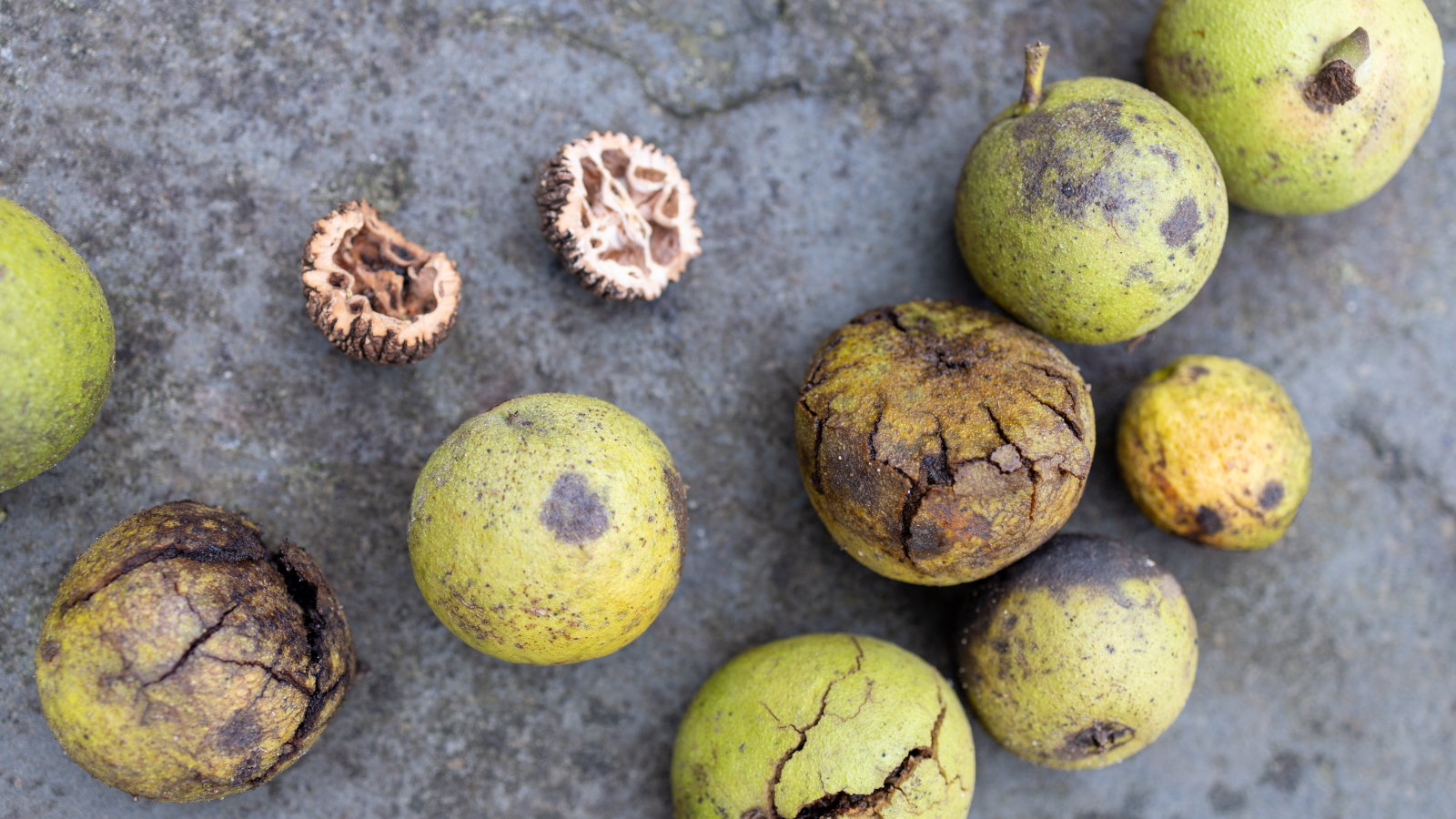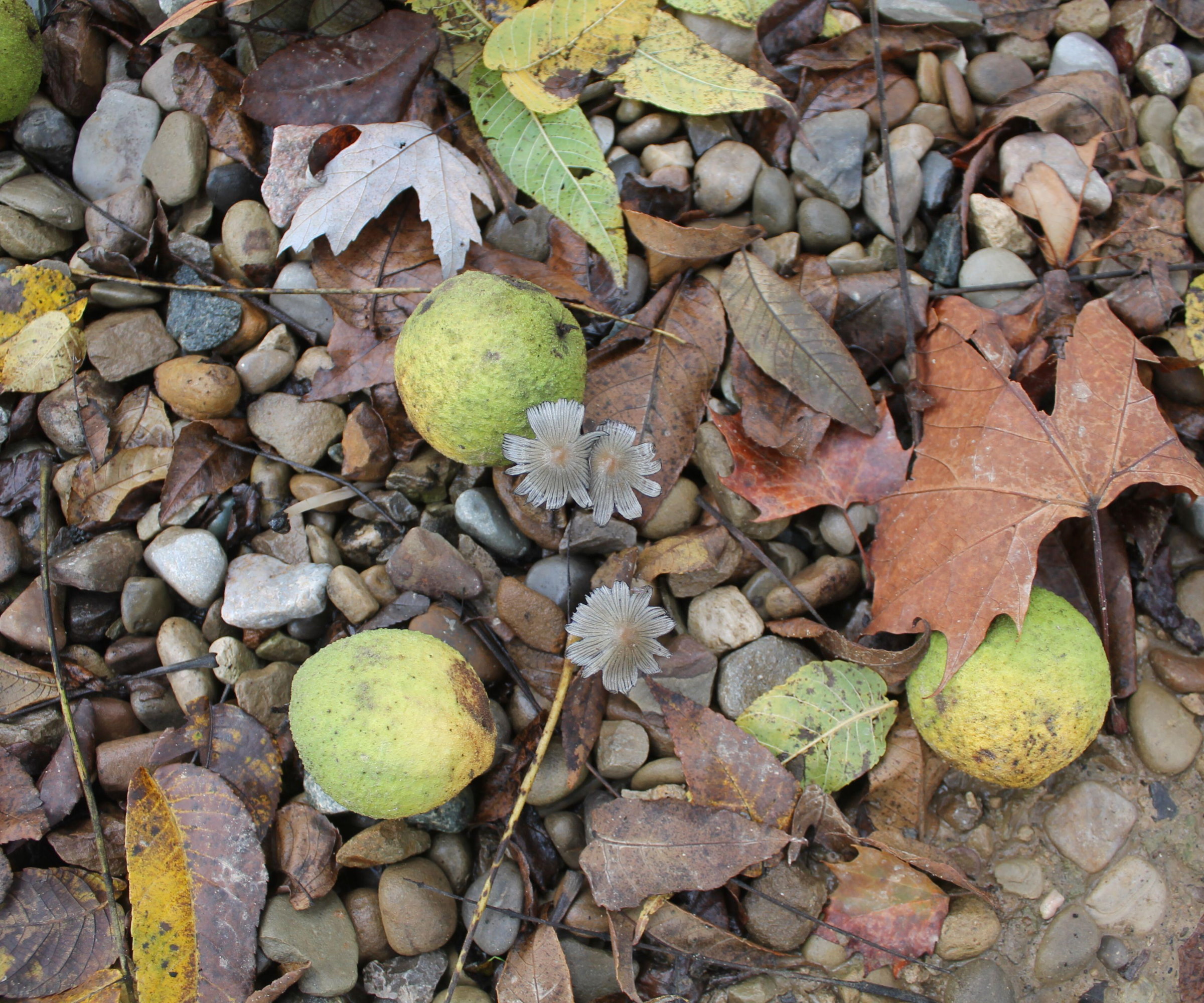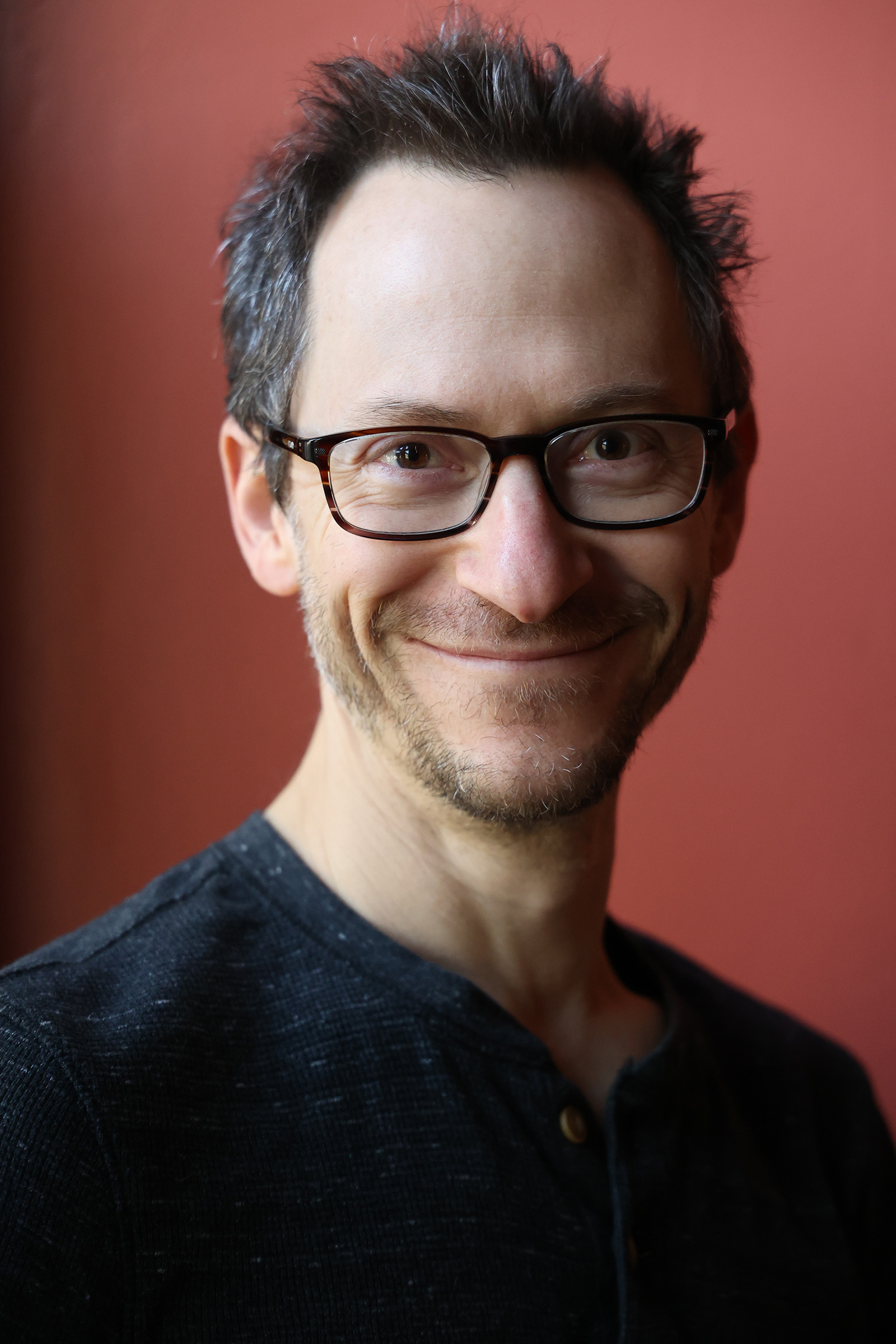How to harvest black walnuts – discover the right way to get this tough nut to crack
Black walnuts are a delicacy, but they make you work for it


The American black walnut (Juglan nigra) is a tree native to North America and its hard-to-crack but flavorful and nutritious nuts have been feeding people for centuries.
Black walnuts can make great trees for shade in large backyards and are common in woodlands or public spaces. They grow up to 100 feet in height and offer a desirable crop of black walnuts, which have a harder shell than English walnuts. Knowing when to collect and how to harvest black walnuts, whether from a backyard tree or foraging from nature, takes skill, effort, and patience.
While they are more difficult to break from the shells, the effort can be worth it thanks to the stronger and sweeter flavor of black walnuts. Picking black walnuts in the fall brings delicious, versatile nutmeat which can be eaten raw (for beneficial omega-3 fatty acids), roasted, or added to bread, soups, and puddings.

Our guide to picking black walnuts
This guide looks closely at when and how to harvest black walnuts, with tips from an expert in gardening and foraging to help you journey from collecting black walnuts to confidently processing them for a crop of delicious nutmeat.
When to harvest black walnuts

The first question on many people’s minds might be, when are black walnuts ready to harvest? You may have seen the fruits developing on trees and observed piles of dropped fruits in city parks, forests, or even in your backyard and not thought before about collecting them.
Cracking open the nut is a rigorous process. The first step for anyone intrepid enough to try is to get the timing right to pick the best black walnuts.
The ideal time for picking black walnuts is in late September and October. The tennis ball-sized fruits develop over the summer months and then drop at the start of fall, offering the opportunity to collect black walnuts and get the nutmeat.
Heading out at the right time means perfectly ripe black walnuts. Shane Brill, wellness expert and campus garden director at Washington College, explains how you want to focus on collecting walnuts with certain color characteristics to get the best quality ones.
‘Collect fallen walnuts that are lighter colored, the green yielding to yellow with a slight give to the hull when pressed. Steer clear of those too dark or cracked,’ he says.
Walnuts turn increasingly brown as they age. Older, darker ones will likely taste bitter and are best left on the ground. As the process of extracting the nutmeat is difficult, you will likely not face too much competition for the fruits - so you can focus on picking the best black walnuts.

Shane Brill is a permaculturist, wellness advocate, and educator, at Washington College. He can often be found digging in the campus garden and leading workshops and talks on fermentation, foraging, ecological design, and food literacy
How to harvest black walnuts

Always wear gloves when harvesting black walnuts. This is essential because the hulls of black walnuts contain tannins that can easily stain skin and clothing.
After collecting the large and lightly-colored walnuts from around trees, the first stage is to remove the nuts from their thick husks. This can be a laborious process and Shane Brill recommends ‘sturdy boots or a well-placed rock’ to liberate the nuts.
Roll a walnut under a boot or a rock and the hull should slide right off - just put newspaper, or an alternative protective layer, under the nut to avoid staining the floor. Throw the discarded hulls into the trash, and never use them to make compost as the outer coating of black walnuts contains a chemical that inhibits plant growth.
The next stage of black walnut harvesting is to clean the shells thoroughly. This can be done easily by placing them in a bucket and blasting them with a hose to remove debris and any remaining husk. Observe the nuts when cleaning them and Shane Brill advises to ‘discard any that float’ as that is a clear sign that the nut is bad.
Spread the nuts outside in a thin layer to dry for a few weeks, in a warm and protected environment, or place them in a mesh bag hung somewhere warm and well-ventilated.
Then comes the time to crack open the black walnuts to access the nutmeat. ‘Crack them open using a hammer,’ says Shane Brill. ‘Wear safety goggles or cover the shells with an old towel while tapping to prevent injury.
‘Tap repeatedly until they break into several smaller pieces that make the nutmeat easy to remove with your fingers.’
Drying the nutmeat ensures it can be stored in an airtight container in the refrigerator for several months. To preserve it for longer, freeze the nutmeat for up to two years.

A set that includes a pair of safety gloves and safety goggles - both of which are essential to protect you from potential harm when harvesting black walnuts and cracking them open.
FAQs
Can you eat black walnuts right off the tree?
Black walnuts always need to be properly prepared and cracked open successfully to eat them. They can be picked off the tree when ripe using a pole picker, available at Amazon, but it will take time and effort to process them so they are ready to eat.
How long does it take to cure black walnuts?
After the nuts are washed, they should be left to dry and cure for around 2-3 weeks before they are cracked and stored. Curing the nuts reduces the risk of them going moldy in storage.
As well as harvesting nutritious and tasty nuts from backyard trees, many seeds are rich in minerals and nutrients and great for your health. There are edible seeds to be found throughout gardens and collecting seeds gives you delicious snacks and seeds to add to meals. The likes of sunflowers, poppies, nasturtiums and fennel all have edible seeds that are simple to collect.
Sign up to the Homes & Gardens newsletter
Design expertise in your inbox – from inspiring decorating ideas and beautiful celebrity homes to practical gardening advice and shopping round-ups.

Drew’s passion for gardening started with growing vegetables and salad in raised beds in a small urban terrace garden. He has worked as a professional gardener in historic gardens and specialises in growing vegetables, fruit, herbs, and cut flowers as a kitchen gardener. That passion for growing extends to being an allotmenteer, garden blogger, and producing how-to gardening guides for websites. Drew was shortlisted for the New Talent of the Year award at the 2023 Garden Media Guild Awards.
-
 This simple marble hack elevates my budget-friendly wooden kitchen countertops and prevents the dreaded water damage for way less than you’d think
This simple marble hack elevates my budget-friendly wooden kitchen countertops and prevents the dreaded water damage for way less than you’d thinkThis design trick looks expensive, solves a problem, and was the easiest decision I made during my kitchen reno
By Charlotte Olby Published
-
 Emily Blunt gifted Cillian Murphy this $545 pillow – she's 'obsessed' with these luxury pillows, and frankly, so are we
Emily Blunt gifted Cillian Murphy this $545 pillow – she's 'obsessed' with these luxury pillows, and frankly, so are weThe Oppenheimer stars sleep on this ultra-luxe goose down pillow – here's why we love it – plus our affordable alternatives from $35
By Sophie Edwards Published